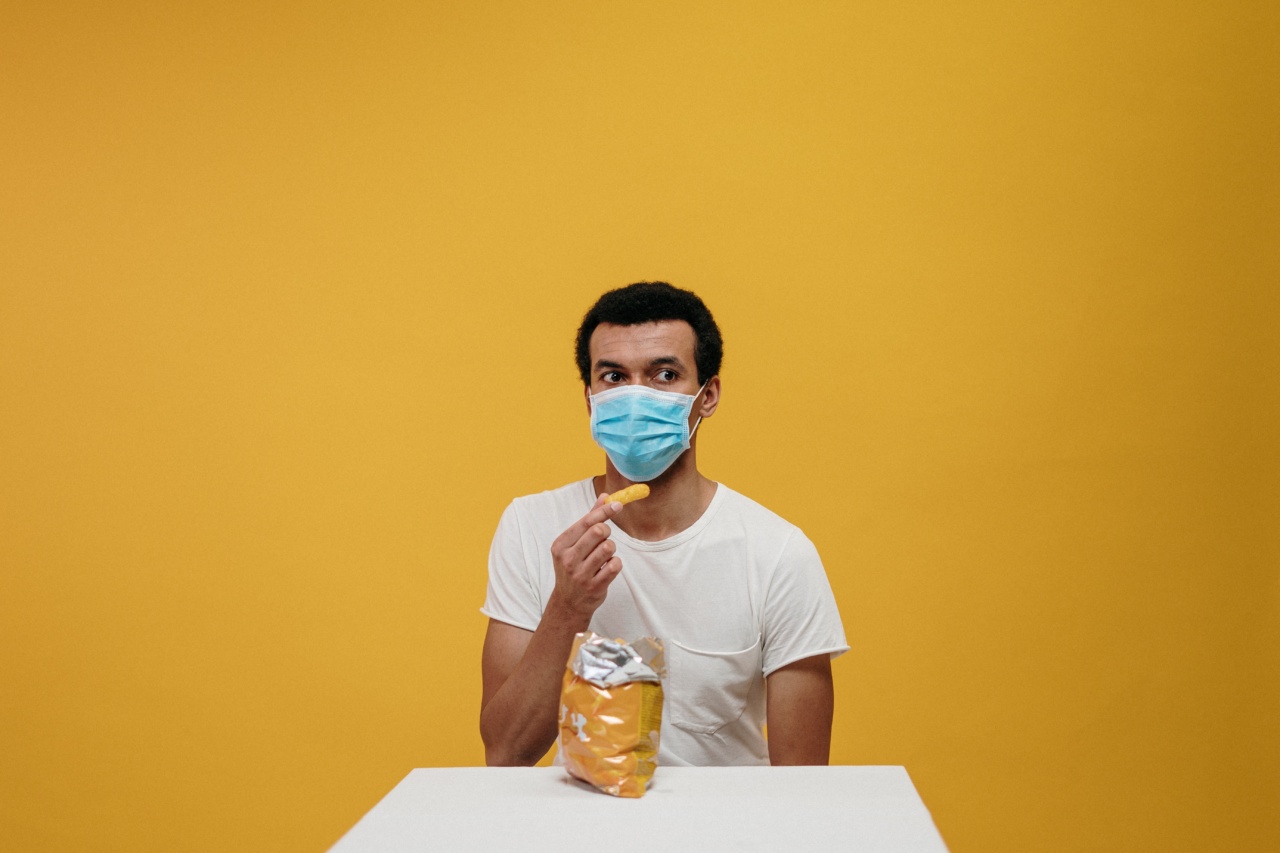In today’s fast-paced world, many of us rely on processed and packaged foods for convenience. From frozen dinners to canned soups, these products offer quick and easy meal solutions that fit into our busy schedules.
However, have you ever considered the potential health risks associated with the packaging of these foods? Suspect food packaging can pose significant dangers to our well-being, and it is vital to be aware of these risks to make informed choices about what we consume.
The Hidden Dangers of Food Packaging
While food packaging serves to protect the product and extend its shelf life, it can also introduce various harmful substances into our diets. Some of the primary concerns associated with suspect food packaging include:.
1. BPA and Phthalates
Bisphenol A (BPA) and Phthalates are two commonly used chemicals in food packaging. They can leach into the food and contaminate it, especially when heated or exposed to acidic foods.
BPA has been linked to hormonal imbalances, reproductive issues, and an increased risk of certain cancers. Phthalates are also endocrine disruptors and may harm the development of young children.
2. Styrene
Styrene is found in various plastic products, including food containers and foam packaging. This chemical can migrate into food, particularly when in contact with hot liquids or oily foods.
Chronic exposure to styrene has been associated with respiratory issues, reproductive problems, and potential carcinogenic effects.
3. Perfluoroalkyl Substances (PFAS)
PFAS are a group of human-made chemicals that are used to make packaging materials resistant to grease, oil, and water. They can transfer into food and accumulate in our bodies over time.
Studies have linked PFAS exposure to adverse health effects, such as kidney and testicular cancer, thyroid disorders, and immune system disruption.
4. Recycled Materials
While recycling is beneficial for the environment, certain recycled materials used in food packaging may come with risks.
Contaminants such as heavy metals, mineral oils, and other harmful substances can be present in recycled cardboard or paper packaging. These contaminants have the potential to migrate into food and pose a health hazard when consumed.
Protecting Yourself from Suspect Food Packaging
While it may be challenging to completely avoid suspect food packaging, there are steps you can take to minimize your exposure to these harmful substances:.
1. Choose Glass or Stainless Steel Containers
Glass and stainless steel containers are excellent alternatives to plastic containers for storing and heating food. They are chemical-free and do not leach harmful substances into your meals.
2. Look for BPA and Phthalate-Free Labels
When purchasing packaged foods, check for labels that explicitly state they are free from BPA and phthalates. Opt for brands that prioritize using safer packaging materials.
3. Avoid Microwaving Plastic Containers
Heating plastic containers in the microwave can increase the likelihood of chemical migration into your food. Transfer the food to microwave-safe glass or ceramic containers instead.
4. Limit Consumption of Highly Processed Foods
Highly processed foods often come with excessive packaging, increasing the chances of exposure to harmful substances. Opt for whole, fresh foods whenever possible to reduce your reliance on processed options.
5. Stay Informed
Stay updated on the latest research and news regarding suspect food packaging. By being informed, you can make educated choices about the products you purchase and consume.
The Role of Government Regulations
It is crucial for government agencies to implement and uphold stringent regulations on food packaging to minimize health risks.
Stricter testing, transparent labeling practices, and exploring safer alternatives are all steps that can be taken to protect consumers.
Conclusion
Our food choices impact our health, and suspect food packaging can introduce unnecessary risks into our diets.
By understanding the potential dangers associated with certain packaging materials, we can make more informed decisions about the products we buy. Prioritizing safe food packaging alternatives and advocating for stricter regulations are steps we can take to protect our health and well-being.






























